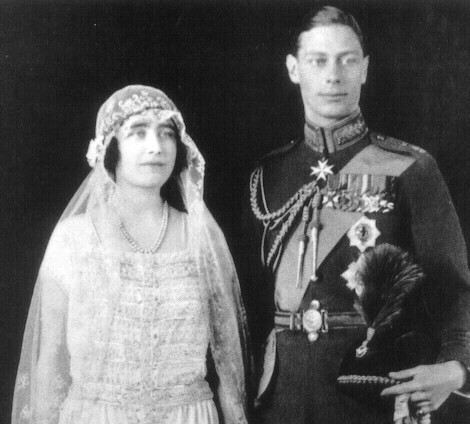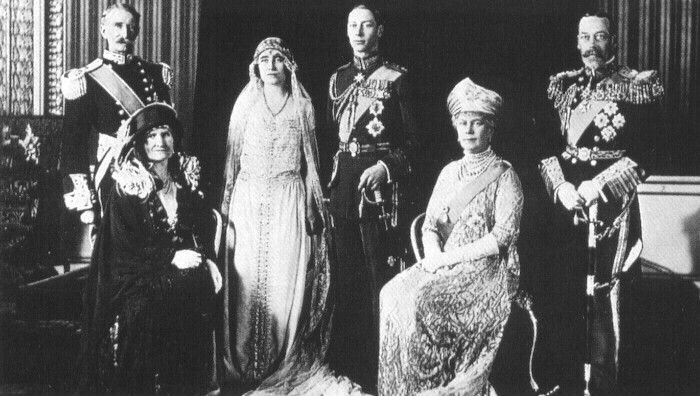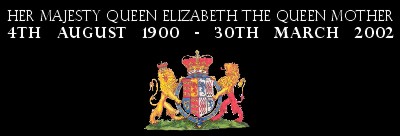
The children of the Earl and Countess of Strathmore had always been friendly with the children of King George V and Queen Mary, having Elizabeth acted as a bridesmaid at the wedding of the Princess Royal, in 1922. Although it is told that the Duke of York, Prince Albert, had to ask Lady Elizabeth several times before she accepted to marry him, the future queen denied it by the time the engagement was announced, by saying:
"It is true he proposed to me in the garden at Welwyn on Saturday. The story that he had asked me two or three times amused me. Look at me. Do you think I am the sort of person Bertie would have to ask twice?"

London welcomed the Royal Wedding on the 26th April 1923, in a pomp that was not typical in the British Royal Weddings and had been first seen at the wedding of the Princess Royal some months before. In the past, British Royal Weddings were held privately, with no display of pomp for the people. It explains why Queen Victoria married Prince Albert of Saxe-Coburg in the discretion of the Chapel Royal, at St. James’ Palace, and why many of her children and grandchildren married at St. George’s Chapel, in Windsor Castle.
Prince Albert had been created Duke of York and the wedding took place in the magnificence of Westminster Abbey. Lady Elizabeth left her London home with her parents, wearing a fashionable dress, extremely simple, and was conducted to the Abbey where she exchanged vows with King George V's son.

After the wedding ceremony, the couple was escorted in carriage to Buckingham Palace, where they appeared on the balcony to greet the people who had gathered in large numbers. It was undoubtedly due to Queen Mary’s love for pomp and sense of royalty that the British Royal Weddings became the glittering ceremonies that conquered history.
 The new Duke and Duchess of York are pictured with their parents. On the left, the Earl and Countess of Strathmore. On the right King George V and Queen Mary. The King’s reign had lasted for 13 years, since his father's death in 1910. The King was extremely popular among his subjects, mainly due to the success of Britain in World War I.
The new Duke and Duchess of York are pictured with their parents. On the left, the Earl and Countess of Strathmore. On the right King George V and Queen Mary. The King’s reign had lasted for 13 years, since his father's death in 1910. The King was extremely popular among his subjects, mainly due to the success of Britain in World War I.

Return




